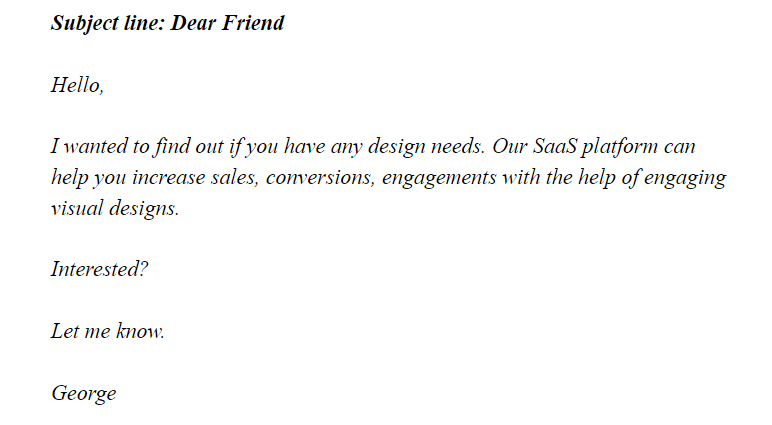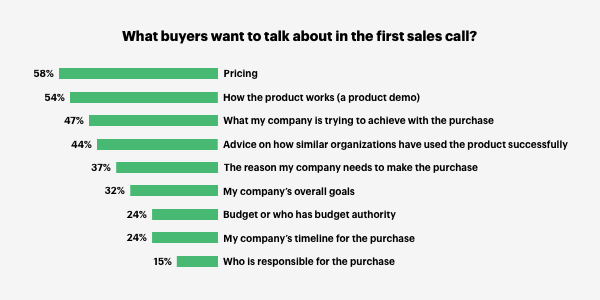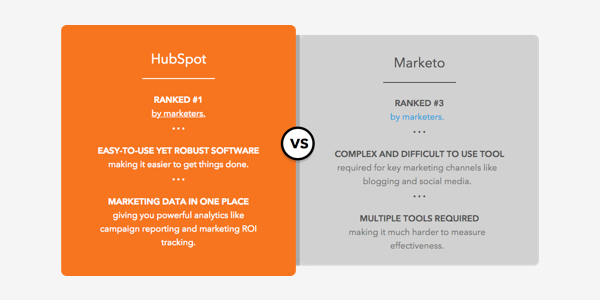2018 is a significant year for the SaaS industry: it’s the first time more than half of the company’s operations will run on SaaS applications, and the usage is only going to grow in the coming years.
With the demand at an all-time high, new entrants and veterans are fighting for subscriptions and renewals.
In such a scenario, it all boils down to sales managers. Their ability to engage or the lack of it will set the pace for the entire sales process — how you sell is more important than what you sell.
This means the margin of errors for sales managers is slim to none. If you want 2018 to be a golden year, here are five mistakes to avoid.
Let’s dive in:
1. Over-automation

This automated email will be straight out rejected. Why?
- The subject line and the email body do not align;
- No first name;
- The message is not personalized; there’s no mention of how the product can help the user in solving their unique problem.
Don’t get me wrong; automation has improved sales processes by reducing effort and time on generic tasks. However, human beings cannot be entirely replaced by bots.
A certain amount of human touch is essential for delivering personalized messages that resonate well with the audience — easier said than done.
With 42% of CRM users planning to increase spending on automation in 2018, it’s pretty easy for sales managers to fall into the trap of over-automation.
Once you know the scope of automation, your sales messages will be personalized and deployed faster.
2. Making sales calls the old fashioned way
Still trying to make small talk about the weather or last night’s game? Then you need to come back to 2018.
The truth is SaaS sales calls have drastically changed. If you want to get conversions, you gotta play by the new rules:
- Mention pricing right on the first call because six out of ten buyers will be expecting so.

- Don’t tell, show what your SaaS product can do for the buyer. Use visuals and documents to highlight product benefits.
- Find alternatives for asking qualifying questions to buyers because the majority of them are not interested in answering — they are qualified that is why they have reached you. In fact, 60% of buyers connect with you only after they’ve shortlisted your product.
This helps your team:
- Simplify complicated conversations regarding highly technical issues, troubleshooting, so forth and so on.
- It reduces the cognitive overload on the sales team to come up with conversation-starter ideas.
- It offers a standard baseline for you to judge the sales call performance of each team member.
3. Dragging your time to first value
Time to first value (TVV) is the amount of time it takes for new users to realize the value of your SaaS product. The more time it takes for users to discover value, higher are the chances of them moving to your competitors.
If your onboarding doesn’t help in making a good first impression, it will be difficult for you to convert trial users into paying customers. In fact, the ideal conversion rate is between 25-50%, but in reality, most SaaS companies barely manage to make 15% to 20%.
Here are some easy ways to speed up your TVV during onboarding:
- Create documents
In the limited time, explaining each feature and its benefits to users may not be feasible. Instead, create a product document which you can share with users who can run through it in their spare time.
- Highlight the benefits
Start your onboarding process by talking about the immediate benefits users will be able to gain. Use customer success case studies to validate your claims.
- Offer assistance
To remove the potholes that delay TVV, provide support. It will enhance the experience, allowing for fruitful engagement.
4. Trying to be like your customers
Sales managers tend to imitate their users to make themselves more relatable, and hence, more trustworthy. There are enough sales hacks to subtly mirror the tone, way of speaking, and body language.
However, 2018 might see the exit of this famous sales mantra. It turns out that the most persuasive people make users imitate them and not the other way round.
A study shows that users with a ‘negative’ or ‘neutral’ language adjusted their style to match the positive tone of the reps.
Here are a few ways to align users to your agenda:
- Powerful language
Try to use words like imagine, definitely, certainly, successful, to name a few. Connect these words to the users’ name so they feel important and respected.
- Listen more, talk less
Keep the talk-to-listen ratio 46:54. That means you should speak less than 50%.
- Make it conversational
Talk to users as you would with a friend in a coffee shop. The idea is to make the tone casual, allowing users to engage with you without feeling intimidated.
5. Not giving users a strong reason
When searching for the right SaaS product, user’s brain runs like a comparison engine. It’s a cognitive reflex where users consciously or subconsciously jog through their memory to find SaaS products that are similar to yours. They use this information to make the best purchase decision.
By ignoring this psychology, sales managers are unable to answer the most basic question users want to know: how is your product better?
Often, sales managers who don’t know any better try to list down a comprehensive feature list. Unfortunately, it doesn’t help to persuade users to choose you over your competitors.
HubSpot has done a brilliant job in differentiating itself from the competition.

6. Overpromising, underdelivering
When you make tall claims and do not deliver on them, it’s likely users will not renew their subscriptions.
To make matters worse, 92% of customers will call you out for a miserable experience. The public humiliation can destroy the credibility of your SaaS brand, leading to faster churns. The lack of trust and poor performance are enough to motivate users to take their money elsewhere.
You can’t commit a user that the entire engineering team will work on their query when the team is trying to find bugs in the primary server; just like you, engineering teams have their commitments to fulfill. To avoid these kinds of mishaps, bring in other teams while negotiating terms.
To make promises that you can keep, follow these steps:
- Bring in customer success teams, engineering teams, and others to deal with complex deals before closing.
- Document terms and conditions of the deal and share it with relevant teams.
- Keep regular tabs on teams to ensure you deliver on your promises without delay.
To summarize
The most significant mistake SaaS sales managers make is not studying lost customers. Abandoned prospects and customers can give valuable insights that otherwise is difficult to gain.
You can learn from lost sales and use it to refine the sales process. Putting this in practice allows a culture where adjustments can be continuously made — helping managers to correct their mistakes efficiently.